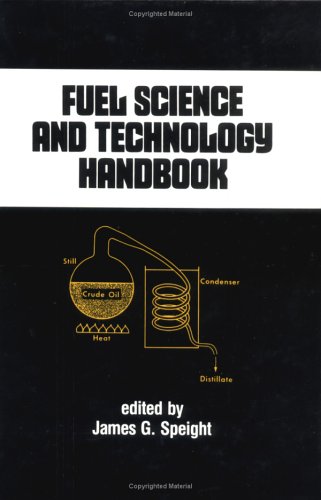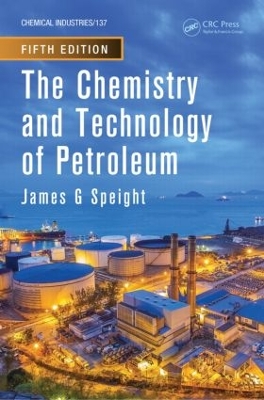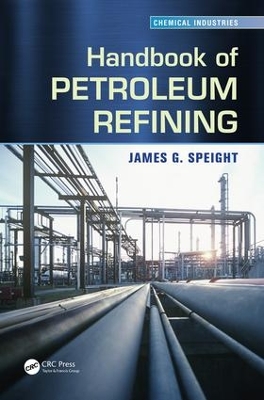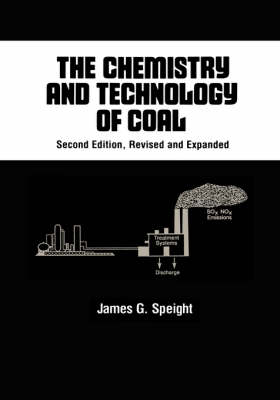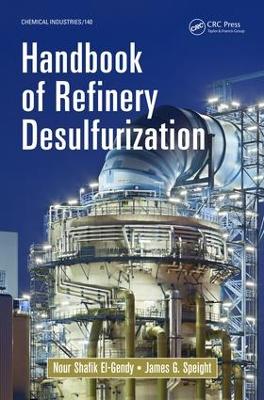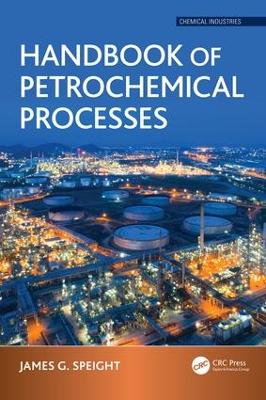Chemical Industries
1 primary work • 8 total works
Book 41
With demand for petroleum products increasing worldwide, there is a tendency for existing refineries to seek new approaches to optimize efficiency and throughput. In addition, changes in product specifications due to environmental regulations greatly influence the development of petroleum refining technologies. These factors underlie the need for this fifth edition of The Chemistry and Technology of Petroleum, which continues in the tradition of the bestselling fourth edition, proving readers with a detailed overview of the chemistry and technology of petroleum as it evolves into the twenty-first century.
The new edition has been updated with the latest developments in the refining industry, including new processes as well as updates on evolving processes and various environmental regulations. The book covers issues related to economics and future refineries, examines the changing character of refinery feedstock, and offers new discussions on environmental aspects of refining. It contains more than 300 figures and tables, including chemical structures and process flow sheets.
A useful reference for scientists and engineers in the petroleum industry as well as in the catalyst manufacturing industry, this book introduces readers to the science and technology of petroleum, beginning with its formation in the ground and culminating in the production of a wide variety of products and petrochemical intermediates.
Petroleum refining involves refining crude petroleum as well as producing raw materials for the petrochemical industry. This book covers current refinery processes and process-types that are likely to come on-stream during the next three to five decades. The book includes (1) comparisons of conventional feedstocks with heavy oil, tar sand bitumen, and bio-feedstocks; (2) properties and refinability of the various feedstocks; (3) thermal processes versus hydroprocesses; and (4) the influence of refining on the environment.
Thoroughly rewritten and updated to reflect the latest advances in technology and highlighting the environmental aspects now being emphasized within the coal industry, this Second Edition of a highly acclaimed reference/text provides a comprehensive overview of coal science—covering topics ranging from the origins of coal to mining and contemporary uses.
Maintaining and enhancing the clarity of presentation that made the first edition so popular, The Chemistry and Technology of Coal, Second Edition:
- Considers the implications of the Clean Air Act
- Examines the effects of combustion products on the atmosphere
- Details practical elements of coal evaluation procedures
- Clarifies misconceptions concerning the organic structure of coal
- Discusses the physical, thermal, electrical, and mechanical properties of coal
- Analyzes the development and current status of combustion and gasification techniques
Handbook of Refinery Desulfurization
by Nour Shafik El-Gendy and James G. Speight
The petrochemical industry is a scientific and engineering field that encompasses the production of a wide range of chemicals and polymers. The purpose of this book is not only to provide a follow-on to form the later chapters of the highly successful Chemistry and Technology of Petroleum 5th Edition but also provides a simplified approach to a very diverse chemical subject dealing with the chemistry and technology of various petroleum and petrochemical process. Following from the introductory chapters, this book provides the readers with a valuable source of information containing insights into petrochemical reactions and products, process technology, and polymer synthesis.
- Provides readers with a valuable source of information containing insights into petrochemical reactions and products, process technology, and polymer synthesis
- Introduces the reader to the various petrochemical intermediates are generally produced by chemical conversion of primary petrochemicals to form more complicated derivative products
- The reactions and processes involved in transforming petroleum-based hydrocarbons into the chemicals that form the basis of the multi-billion dollar petrochemical industry are reviewed and described
- The book includes information on new process developments for the production of raw materials and intermediates for petrochemicals
- Includes a description of the origin of the raw materials for the petrochemicals industry – including an overview of the coal chemicals industry
Instability and Incompatibility in Petroleum and Petroleum Products
by James G. Speight and George W. Mushrush
Incompatibility and instability of petroleum and petroleum products can occur from the time petroleum is recovered from a well throughout the manufacture and life of its products. This can result in severe economic penalties as well as significant safety and environmental concerns. This book provides comprehensive coverage of petroleum instability and incompatibility, including how petroleum instability can be greatly influenced by the crude type or blend as well as the effects of using opportunity crudes and high acid.
